Benefits of Mangrove Forests
- August 16, 2024
- 0 comment
Mangroves, the remarkable coastal forests that thrive in brackish waters, offer a multitude of powerful benefits far beyond their striking appearance. Planting mangroves not only helps to stabilize coastlines and protect against erosion but also plays a crucial role in mitigating climate change by sequestering significant amounts of carbon.
Why is Mangrove Tree Planting Important?
Mangrove tree planting is crucial for maintaining coastal ecosystems and protecting communities. Mangroves act as natural barriers against storm surges and coastal erosion, significantly reducing the impact of severe weather events. Their dense root systems stabilize sediments, preventing shoreline loss and providing a buffer for coastal infrastructure. This protective role is especially vital in regions prone to hurricanes and tsunamis.
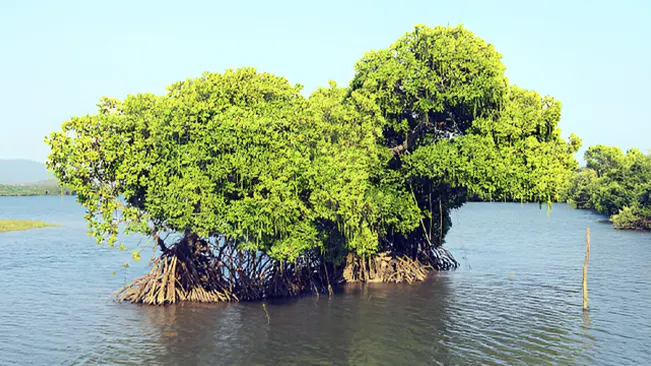
In addition to their protective functions, mangroves play a significant role in combating climate change. They sequester large amounts of carbon dioxide from the atmosphere, storing it in their biomass and sediments. This carbon storage helps mitigate global warming, making mangrove forests an essential component of climate change strategies. Moreover, mangroves support diverse marine life and enhance local fisheries, offering economic benefits to coastal communities through improved fish stocks and sustainable livelihoods.
5 Benefits of Planting Mangroves
1. Mangroves are Climate Heroes
As the world grapples with the urgent need to address climate change, achieving global climate targets necessitates both reducing emissions and actively removing carbon from the atmosphere. Mangroves excel in this latter task, thanks to their phenomenal carbon sequestration capabilities. They can absorb up to five times more carbon per unit area than terrestrial forests. This extraordinary ability is attributed to their efficient capture of carbon in their leaves, branches, roots, and crucially, the sediments below.
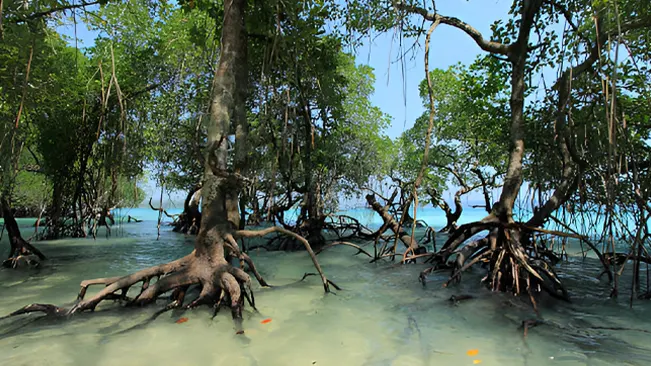
Mangroves thrive in saline, oxygen-poor waters, which slows the decomposition of organic material and allows them to store carbon for decades to millennia. Their intricate root systems trap sediment and organic matter, locking away carbon and preventing its release into the atmosphere. This natural process mitigates climate change effects and supports coastal ecosystem stability. Thus, conserving and restoring mangrove forests is essential for both environmental health and climate strategies.
2. Mangroves Protect Against Extreme Weather and Disasters
Mangroves are vital defenders against the devastating effects of extreme weather and disasters, playing a dual role in both slowing the progression of climate change and mitigating its impacts. As global temperatures continue to rise, the frequency and severity of storms and flood surges are increasing. Mangroves serve as natural buffers; their dense networks of trunks and roots absorb the energy of incoming waves and wind, significantly reducing the potential damage to inland areas. This natural barrier is crucial for protecting coastal communities and preserving the integrity of shorelines.

Restoring and protecting mangrove forests boost ecological resilience and offer significant economic benefits. Mangroves enhance coastal communities’ resilience to climate-related disasters, with restoration investments yielding returns roughly four times the costs. They can also reduce tsunami wave heights by 5 to 35 percent, showcasing their effectiveness as a natural defense. Prioritizing mangrove conservation builds sustainable coastal environments while delivering both environmental and economic gains.
3. Mangroves are a Haven For Threatened Animals
Mangroves are not just coastal fortifications; they are also critical sanctuaries for a myriad of wildlife species, many of which are on the brink of extinction. These unique ecosystems are essential for the survival of over 1,500 species, with 15 percent currently threatened with extinction. The situation is even more dire for mammals, as nearly half of the mammalian species that inhabit or rely on mangrove forests for food and shelter are facing an imminent risk of extinction, with the trends indicating a worsening scenario.
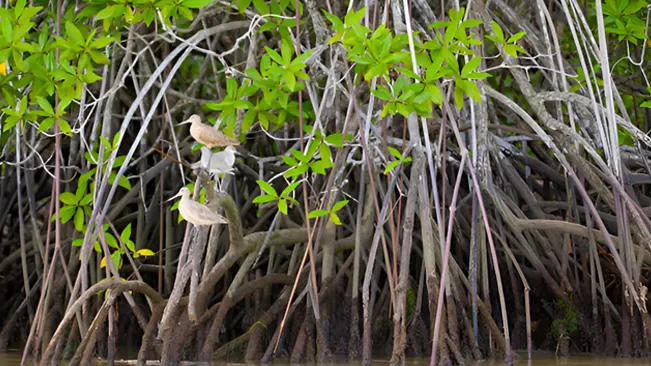
Protecting and restoring mangrove forests is vital for preserving their diverse wildlife, including species like tigers and jaguars. Successful projects in Indonesia and the UAE have shown the potential for mangrove recovery, earning recognition as UN World Restoration Flagships. Investing in mangrove conservation not only protects these crucial habitats but also boosts biodiversity and strengthens coastal ecosystems against environmental challenges.
4. Mangroves Boost Food Security
Mangroves play a pivotal role in enhancing food security, particularly in regions where access to nutritious foods is limited. As bio diverse ecosystems, they provide critical habitats for a wide array of plant and animal species that are vital for food production. Notably, mangroves serve as nurseries for numerous species of young fish, crucial for sustaining commercial and local fisheries. They also support populations of honey bees, which are essential for pollination and honey production.
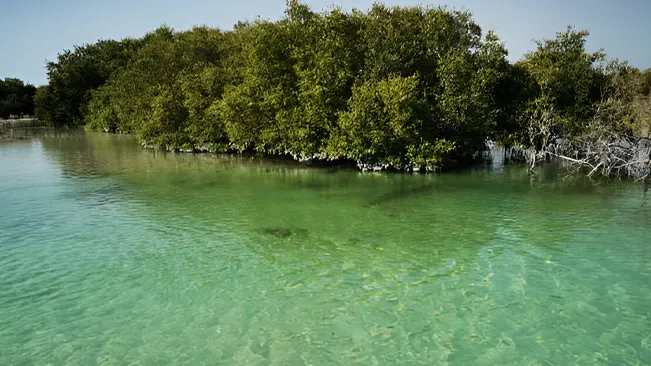
Fish are a key protein source for about 1.5 billion people, especially in low-income countries where fish provide 20% of animal protein. Losing mangrove habitats would disrupt fisheries and food supplies in developing nations. In contrast, restoring mangroves can significantly boost marine life, potentially adding up to 60 trillion fish and invertebrates annually. This enhances food security and supports economic stability, helping coastal communities thrive as the global population grows.
5. Mangroves Can Bounce Back Naturally
Mangroves have a remarkable capacity to recover naturally from disturbances under the right conditions, showcasing their resilience and adaptability. This natural regeneration depends on several factors, including the extent of damage, local environmental conditions, and the presence of healthy nearby mangrove populations that can provide seeds and propagules for recolonization.
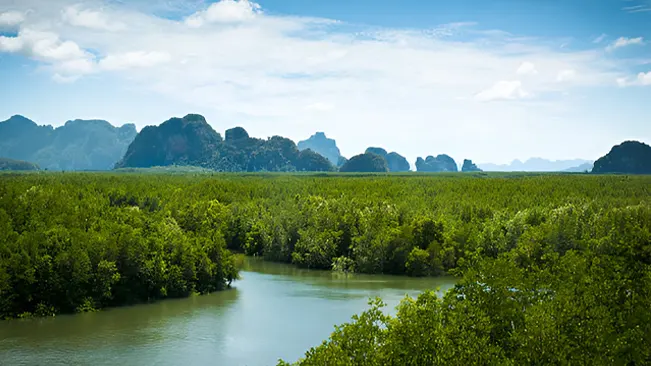
Natural recovery of mangroves is most effective with minimal human interference and moderate degradation. When tidal flow is restored, mangroves often quickly recolonize and rebuild ecosystems. However, the process can be slow, and human intervention may be needed to accelerate recovery and ensure survival.
Mangrove Restoration and Biodiversity
Mangrove restoration is pivotal for enhancing biodiversity and supporting vibrant coastal ecosystems. By rehabilitating mangrove forests, we revive critical habitats that shelter a wide range of species, from fish and crabs to birds and insects. Healthy mangrove ecosystems provide essential resources such as nesting sites and feeding grounds, which are crucial for both marine and terrestrial wildlife.
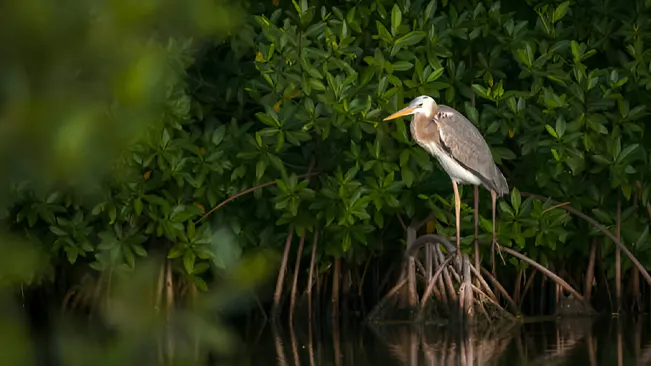
Restored mangroves also contribute to increased marine biodiversity by boosting fish populations and enhancing the overall productivity of coastal waters. This biodiversity enrichment supports ecological balance and strengthens ecosystem services, including nutrient cycling and water filtration. Investing in mangrove restoration not only fosters diverse and resilient ecosystems but also promotes the long-term sustainability of coastal environments.
Benefits of Mangroves Flood Protection
Mangroves play a critical role in flood protection by acting as natural barriers that absorb and dissipate storm surges and high waves. Their dense root systems stabilize the coastline, reducing erosion and preventing land loss during extreme weather events. This natural buffer protects coastal communities and infrastructure from flooding, particularly during hurricanes and tsunamis.
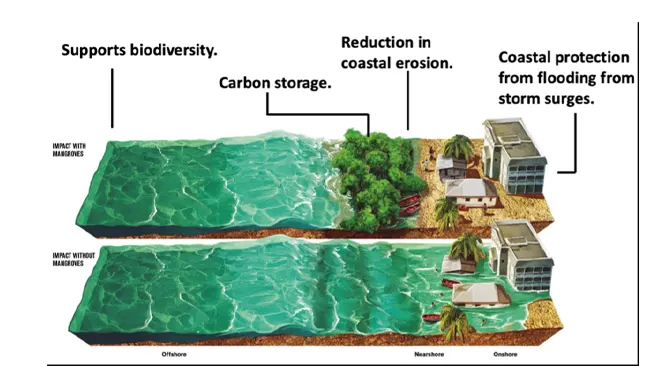
Moreover, mangroves help mitigate flood risk by trapping sediments and organic matter, which enhances the resilience of coastal areas. This sediment accumulation reduces the impact of floodwaters and supports the regeneration of the mangrove ecosystem. By preserving and restoring mangroves, we can strengthen coastal defenses and safeguard communities against the increasing threat of flooding due to climate change.
Conclusion
In conclusion, mangroves are indispensable for flood protection and coastal resilience. Their natural barriers and sediment-trapping abilities significantly reduce the impact of storm surges and erosion, safeguarding both communities and infrastructure. By preserving and restoring mangrove forests, we enhance their flood mitigation benefits and bolster the overall health of coastal ecosystems. Investing in mangrove conservation is crucial for protecting vulnerable areas against the growing risks of climate change and ensuring sustainable, resilient coastal environments for the future.
FAQs
- What are the main benefits of planting mangroves?
Planting mangroves provides numerous benefits, including shoreline stabilization, protection against erosion, carbon sequestration, and enhanced biodiversity. Mangroves act as natural barriers against storm surges and reduce the impact of extreme weather events, while their dense root systems trap sediments and support diverse marine life. - How do mangroves help with climate change?
Mangroves play a significant role in climate change mitigation by capturing and storing large amounts of carbon dioxide from the atmosphere. Their slow decomposition of organic material in waterlogged soils allows carbon to be stored in sediments for long periods, helping to reduce overall greenhouse gas levels. - Can planting mangroves improve local fisheries?
Yes, mangrove forests are vital for local fisheries as they provide crucial breeding and nursery grounds for many fish and invertebrate species. Healthy mangrove ecosystems support higher fish populations, which can lead to increased fish stocks and improved local fishing yields. - How do mangroves protect coastal areas?
Mangroves protect coastal areas by acting as natural barriers against storm surges, high waves, and coastal erosion. Their root systems stabilize sediments, reducing shoreline erosion and buffering coastal communities from the impacts of severe weather events. - What are the economic benefits of planting mangroves?
Planting mangroves offers several economic benefits, including improved fisheries, reduced costs for flood protection, and enhanced tourism opportunities. Restoration projects often provide significant returns on investment by boosting local economies and supporting sustainable livelihoods. - How can I get involved in mangrove planting efforts?
You can get involved by participating in local conservation projects, supporting organizations that focus on mangrove restoration, or volunteering with community initiatives. Additionally, advocating for mangrove protection and raising awareness about their importance can contribute to broader conservation efforts. - What are some successful examples of mangrove restoration?
Successful mangrove restoration projects include efforts in countries like Indonesia and the United Arab Emirates. These projects have demonstrated the effectiveness of targeted conservation measures in restoring mangrove ecosystems, enhancing biodiversity, and providing significant environmental and economic benefits. - How long does it take for planted mangroves to show benefits?
The benefits of planted mangroves can start to be observed within a few years, but full ecological and protective functions may take decades to fully develop. Early signs of success include improved shoreline stabilization and increased marine life, with more comprehensive benefits emerging as the mangroves mature.

Joel Cunningham
Forestry AuthorI'm Joel Cunningham, an expert in pruning and weed management with over a decade of experience. My skills are rooted in formal training and extensive practice, focusing on advanced pruning techniques and efficient weed control. I'm known for my quality work, precision, and deep understanding of plant health and soil dynamics. My contributions extend to educational initiatives where I share sustainable practices and advice, establishing myself as a reliable and authoritative figure in the gardening community.




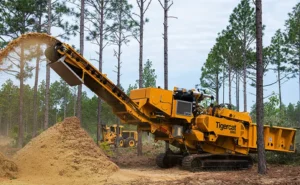
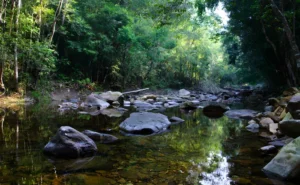

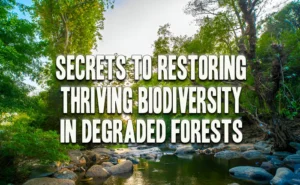
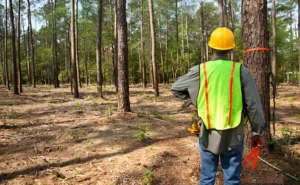




Leave your comment